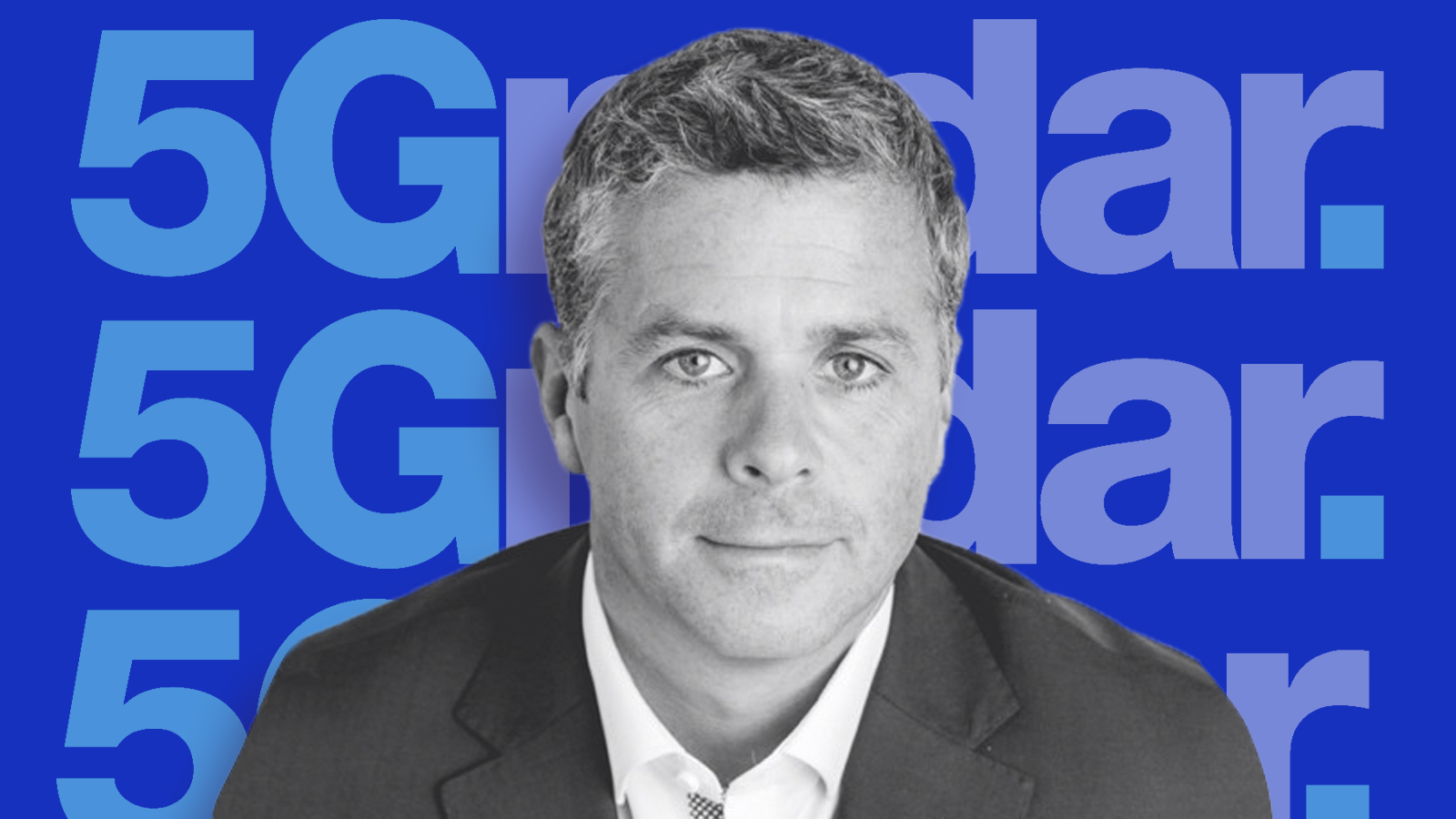Why network visibility is the key to 5G success and profitability
Matt Percival, EMEA Senior Director Service Provider at Gigamon, believes visibility-powered monitoring is the key to 5G success for service providers.

Our dependence on technology has recently reached levels that only last year would have been difficult to predict, even in our already digitally-led society. Now more than ever, connectivity is vital and necessary to enable day-to-day working, personal activities and mission-critical business operations. So, the performance of the tools we adopt has to be impeccable – reliability and speed are key. That’s why the advent of technologies like 5G is perhaps even more anticipated now than before the pandemic.
While we’re yet to determine all of its exciting applications, we know 5G is set to surpass 4G in enhancing consumer experiences, and has the potential to facilitate practices that have now become the norm, such as flexible working and distant learning. But, that’s not all. Vodafone forecasts that 5G technology could provide the UK economy with a £150bn boost. With UK productivity hitting a record low in 2019 and the economy shrinking 20.4% between April and June this year, signalling the start of the sharpest recession on record, for many this network upgrade can’t come soon enough.
Service providers: opportunities and challenges
"The speed and volume of data travelling on the network and the number of devices used are all set to grow significantly, so SPs will have to make sure the network core can keep up. "
Matt Percival.
Of course, the service provider (SP) space is where most of the 5G excitement lies. The potential benefits of 5G for service providers are clear: they’ll be able to offer their customers increased speed, coverage and responsiveness of wireless networks, as 5G can run between 10 and 100 times faster than the cellular connections we’re used to. It’s no surprise, then, that all SPs are either deploying or preparing to deploy 5G in one form or another. However, 5G’s advantages are sure to bring about some challenges too. The speed and volume of data travelling on the network and the number of devices used are all set to grow significantly, so SPs will have to make sure the network core can keep up.
SPs are investing (or will have to invest) billions in their 5G infrastructure, all while innovations in faster mobile and IoT data access threaten to overwhelm their centralised environments. Managing this will require scrupulous user experience analysis and will cause network probing costs to skyrocket. Aside from risks of performance failures and security breaches, this means that SPs will have to cope with significant expenses while attempting to turn the 5G vision into a profitable investment. But, how? The answer lies in visibility-powered monitoring.
The problem with 5G monitoring
In order to ensure customer satisfaction, service providers aim to deliver the highest quality of service possible. Naturally, improving consumer use cases is important in a digitally-dependent society. But, let’s also consider the new B2B applications that 5G promises to enable, for example, in healthcare, manufacturing and the automotive industry. In these instances, sub-par service and call drops, which often take place with 3G and 4G usage, are no longer acceptable. Therefore, service providers offering 5G will need to up the ante in terms of monitoring and consider this element of network operations from the get-go to secure traffic, identify usage trends and promptly resolve issues that could cause network failures.
This is easier said than done. To monitor performance in a 5G environment, SPs are tasked with gaining access to all necessary points across the network, which can be spread across many geographical locations, in both physical and virtual deployments. SPs are also faced with exacerbated cyberthreats, due to the increased data volume and velocity of traffic. This means they have to enhance the protection of networks and services, in addition to keeping the lights on and driving high-quality user experiences. As well as being a crucial aspect of enabling 5G, monitoring these complexities is also part of what makes this technology such an investment.
"Research shows four out of five digital leaders believe the cost of managing IT infrastructure and apps will increase by implementing 5G, while one in three think the upfront cost will be too great."
Matt Percival.
With these new requirements, 5G is set to be a costly business for SPs. In fact, experts have predicted that mobile operators will have to invest $1 trillion worldwide in the next five years in order to deliver on the 5G promise. Research shows four out of five digital leaders believe the cost of managing IT infrastructure and apps will increase by implementing 5G, while one in three think the upfront cost will be too great. In particular, the cost of probing seems to be an unrecognised element of the challenge SPs will face due to the implementation of 5G. While there have been discussions around 5G capital investments on edge equipment and core network upgrades, so far there has been little focus on upgrading and maintaining tools and probes that will monitor the traffic. So, how can operators deal with the 5G monitoring investment while ensuring its profitability?
Get up to speed with 5G, and discover the latest deals, news, and insight!
Balancing costs
To better manage the cost of their 5G infrastructure, service providers need to be more selective in terms of what traffic they monitor and how – this requires leveraging visibility to unlock useful insights.
Service providers should look for visibility solutions that help mitigate both capex- and opex-related costs of monitoring 5G services. By gaining a clear view of network traffic, SPs can avoid, or at least contain, the prohibitive costs of tools and probes caused by 5G’s increased core data volume, velocity and number of devices. This can be done by strategically delivering traffic to the right tools through use of packet deduplication, sampling, whitelisting, application filtering and advanced flow slicing.
SPs should also look to leverage the coexistence of 4G and 5G. This means correlating 4G and 5G traffic, which can drive significant traffic reductions and help to optimally deliver traffic to all tools and probes working to maintain 5G network performance, service quality and security. What’s more, reusing 4G tool sets for 5G traffic – in other words, monitoring high-quality 5G services with inexpensive tools – can reduce the need for additional investment. It’s all about maximising and optimising the use of existing investments and extending the life of existing probes, as these practices can contribute to driving substantial cost-savings. Finally, SPs should work to minimise unnecessary losses like those caused by performance issues, and associated support costs. They can do so by quickly identifying faults in the network, reducing MTTR (mean time to resolution) and ensuring infrastructure reliability, with the help of accurate, real-time visibility.
Fast-tracking revenue
Another way visibility can help make 5G profitable is by boosting or fast-tracking revenue. For example, clear visibility into traffic requirements can help SPs plan for and rapidly launch new services, accelerating the process of unlocking new revenue streams. Similarly, awareness of traffic demands can empower service providers to accept new customers more quickly, thereby speeding up earnings.
"Visibility can also provide operators with insights into their existing accounts. This can enable them to concentrate on new investment areas, and focus on customers and services that can drive high-profitability with 5G."
Matt Percival.
Visibility can also provide operators with insights into their existing accounts. This can enable them to concentrate on new investment areas, and focus on customers and services that can drive high-profitability with 5G. Ultimately, understanding traffic usage patterns can make a world of difference in terms of customer satisfaction, which in turn positively impacts revenue. For example, traffic intelligence allows SPs to ensure better performance at peak times or with in-demand applications. Ensuring users are always provided with great service means keeping them around, thereby lowering the cost of subscriber retention and reducing costly customer churn. All thanks to an unclouded view of the network.
All innovations come with challenges. In the case of 5G, exacerbated complexity is accompanied by increased costs that can make these initiatives seem intimidating. That being said, unprecedented opportunities are just within service providers’ reach if they approach 5G by leveraging network visibility to streamline monitoring, fast-track earnings and increase their chances of success.
Matt Percival is EMEA senior director service provider at Gigamon. Gigamon provides active visibility into physical and virtual network traffic enabling stronger security and superior performance. Gigamon’s Visibility Fabric and GigaSECURE, the industry’s first Security Delivery Platform, deliver advanced intelligence so that security, network and application performance management solutions in enterprise, government and service provider networks operate more efficiently and effectively. With over ten years’ experience, Gigamon solutions are deployed globally across vertical markets including over seventy-five percent of the Fortune 100.

